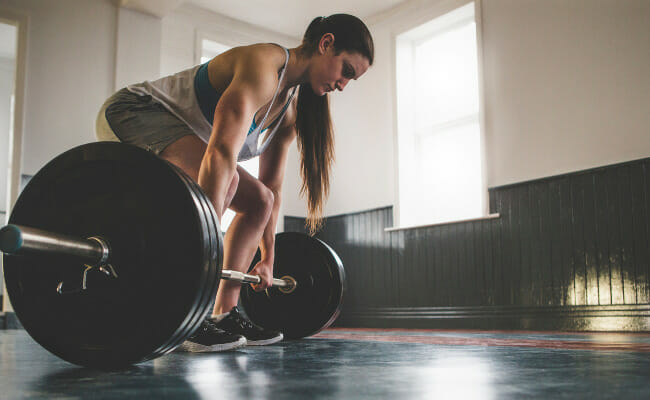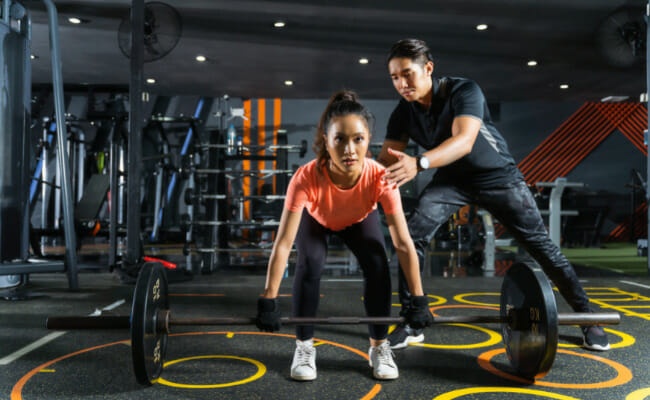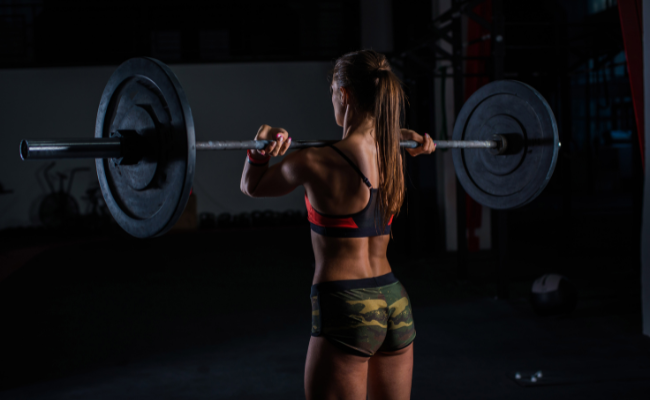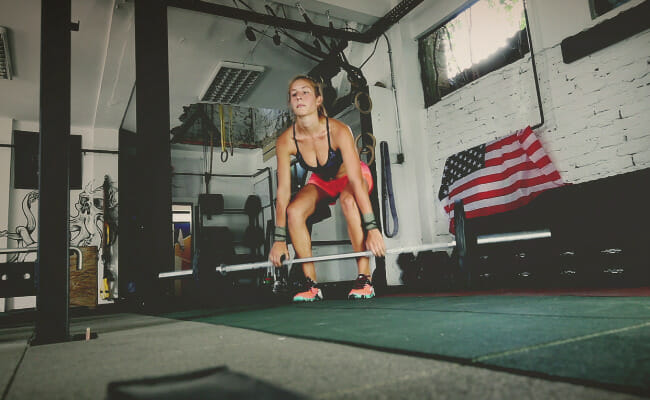Want stronger and faster legs? Add more turbo and agility to your legs using the down-to-earth steps discussed in this guide.
As a runner, the health of your hamstring and lower back is essential if you aim to reach the peak of your performance on the running track. Here, we will discuss everything you need to know about the Romanian deadlift and its importance to body trainers.
What is the Romanian deadlift?

The creator of the Romanian deadlift is a retired heavyweight weightlifter named Nicolae Vlad (aka Nicu Vlad). During a 1990 clinic hosted by Nicolae Vlad, he performed a lift best defined as the middle child of the regular and stiff-legged deadlifts. This later became the Romanian deadlift.
At first, Nicu’s purpose was to strengthen his lower back; after several trials, it was effective. The Romanian deadlift is used to build the hamstrings, flutes, and forearm flexors. It is important to note that the Romanian deadlift is a hip extensor-dominant exercise.
How to do the Romanian deadlift
The Romanian deadlift is not the most challenging – its level is intermediate. But its movement can be complex since it involves various joints and muscle groups. The Romanian deadlift is used to build the hamstrings, flutes, and forearm flexors.
It is important to note that the Romanian deadlift is a hip extensor-dominant exercise. The barbell and weights are the equipment you need to perform the Romanian deadlift. Below are the steps to take when performing the Romanian deadlift.
Load the barbell
You don’t want to start with too much weight when setting up the barbell. Unless you’ve been accustomed to RDL, there is no need to jump the gun. For starters, load the barbell with 20kg weights and scale up from there (as you become more confident in your ability).
When you’ve mastered the movements, you can up the weights to 150kg (if need be). Once the barbell is loaded, stand tall with your feet shoulder-width apart and toes forward.
Ensure the barbell is positioned in front of you such that it’s above your shoelaces when you’re looking downwards. To lock the back and reduce neck strain, ensure your torso is upright, your arms are linear (straight), and your shoulder blades are lowered bottom wards towards the back end.
Grip the bar
Bend down like you want to squat and grip the bar. The grip should be a bit wider than the shoulder width. Do not forget to maintain a flat back and keep your shoulders over the barbell. Prop up your core once you’ve stood up and avoid hyperextension.
Another way to approach this step is to tilt forward at the hips before gripping the barbell. Then, maintain a long, straight spine as your torso gets closer to the floor. Grab the barbell using your two hands while keeping them shoulder-distance apart.
Channel your energy and lift the weight
To lift the weight, tighten your hamstrings, glutes, and core. Then, apply effort while driving your feet into the ground. Ensure you tighten your glutes and seal your hips at the upper region.
Attain full hip expansion
Once the movement has been achieved, tighten the upper back, core, and glutes by contracting the middle of the back to the glutes. Do this several times to balance the lumbar spine.
Repeat the movement
The key to bodybuilding is repetition. Repeat the movement described earlier. Before doing so, lower the weight between your knees and toes.
Similarities and differences between a deadlift and a traditional deadlift
In practice, the difference between the Romanian deadlift and other types of deadlift styles (e.g., the stiff-legged deadlift) is not as prominent; it is easy to mistake a Romanian deadlift for a traditional one. Below are similarities between the Romanian deadlift and the conventional one.
Movement Pattern
The exercise style or movement patterns of the Romanian and conventional deadlifts are similar, but the mechanics’ details differ. Both deadlift routines belong to the hip hinges group, a type of movement where the individual seals out a barbell in the standing position.
Muscles Impacted
Both movements favor the same muscles, but the impact varies. The RDL and DL impact the posterior chain of the lifter. The difference is that the DL is more effective in strengthening your back and glutes, while the RDL affects the erectors and butt.
Here, we will discuss the three differences between the Roman and conventional deadlifts. As we mentioned earlier, RDL and DL look the same; however, they are antonymous regarding the specific mechanics of these movements. Below are the differences between the Romanian deadlift and the conventional deadlift
Distance
The distance or range in motion is the difference between the initial height of the barbell and, finally, when lifted. When performing the RDL, the lifter must stop at the shin height, while conventional deadlifts require the lifter to play the weight back to the ground after each repetition.
Overall strength gain
The Romanian deadlift should not be your go-to exercise if you want maximal strength from a pull exercise. You will attain more strength by subscribing to the traditional deadlift since it requires more muscles between reps.
Muscle cells impacted
Both exercises task your lower body muscles, namely your glutes, hamstrings, and back muscles. Still, the RDL emphasizes the hamstrings, while traditional deadlifts impact the quads, erector spinae, and glutes more.
Final Thoughts
You can get stronger lower body muscles using the Romanian deadlift and add it to other types of routines if you want to balance out imbalances in the anterior and posterior muscle systems.
FAQ
What are the alternatives to the Romanian deadlifts?
For many reasons, an individual might want to combine other forms of exercise with the Romanian deadlift. After repeating the RDL several times, the lifter might get bored. The key to avoiding boredom in an exercise session is to spice the session with various RDL alternatives.
Also, if the barbell is unavailable but you are in the mood for a rigorous weightlifting session, this section saves the day. An exercise to qualify as a Romanian deadlift alternative must target the same set of muscles, such as the hamstrings, lower back, glutes, and inner thigh.
Examples of the best Romanian deadlift alternatives are block deadlift, barbell hip thrust, stiff leg deadlift, good mornings, dumbbell Romanian deadlift, weighted 45-degree back extension, single-leg dumbbell Romanian deadlift, floor-lying glute ham raise, and standing cable pull-through.
When to put a Romanian deadlift into your workout
Improper exercising leads to unevenness in the upper and lower parts of the body. The Romanian deadlift helps balance the body’s strength. If you find lifting more weights difficult, the Romanian deadlifts can help build endurance and power to lift more weights. Another situation might call for adding this deadlift to their list of exercises.




